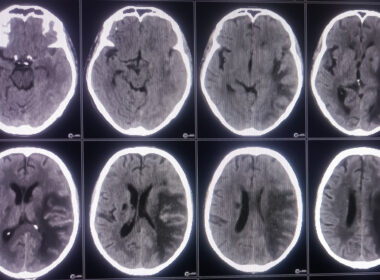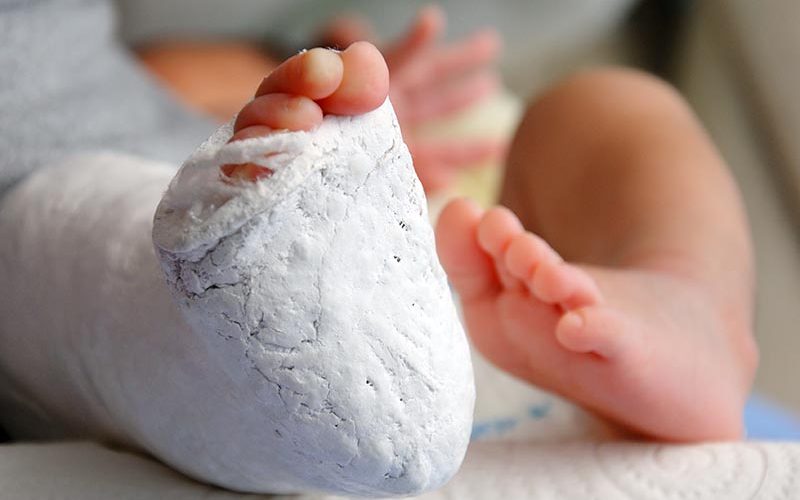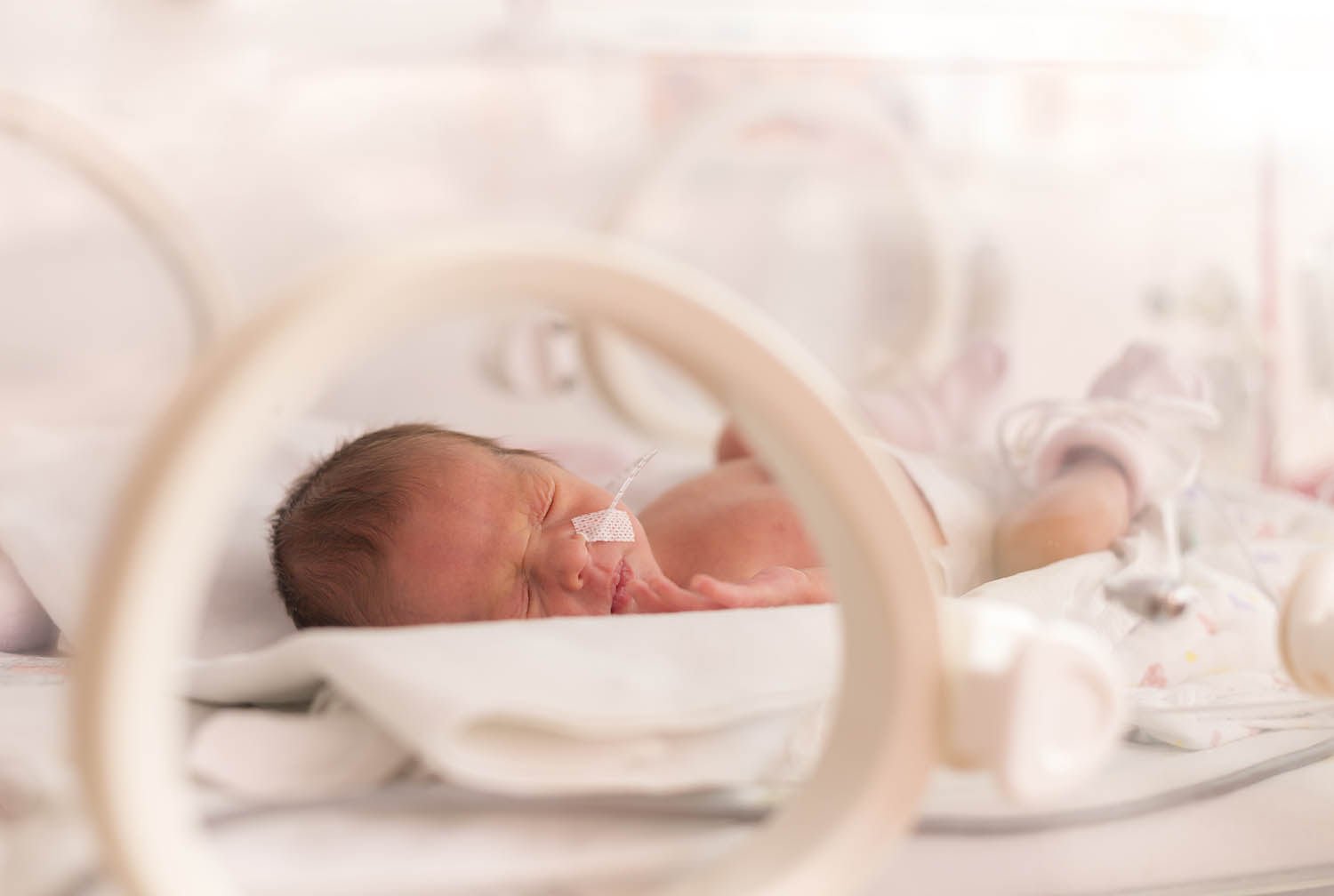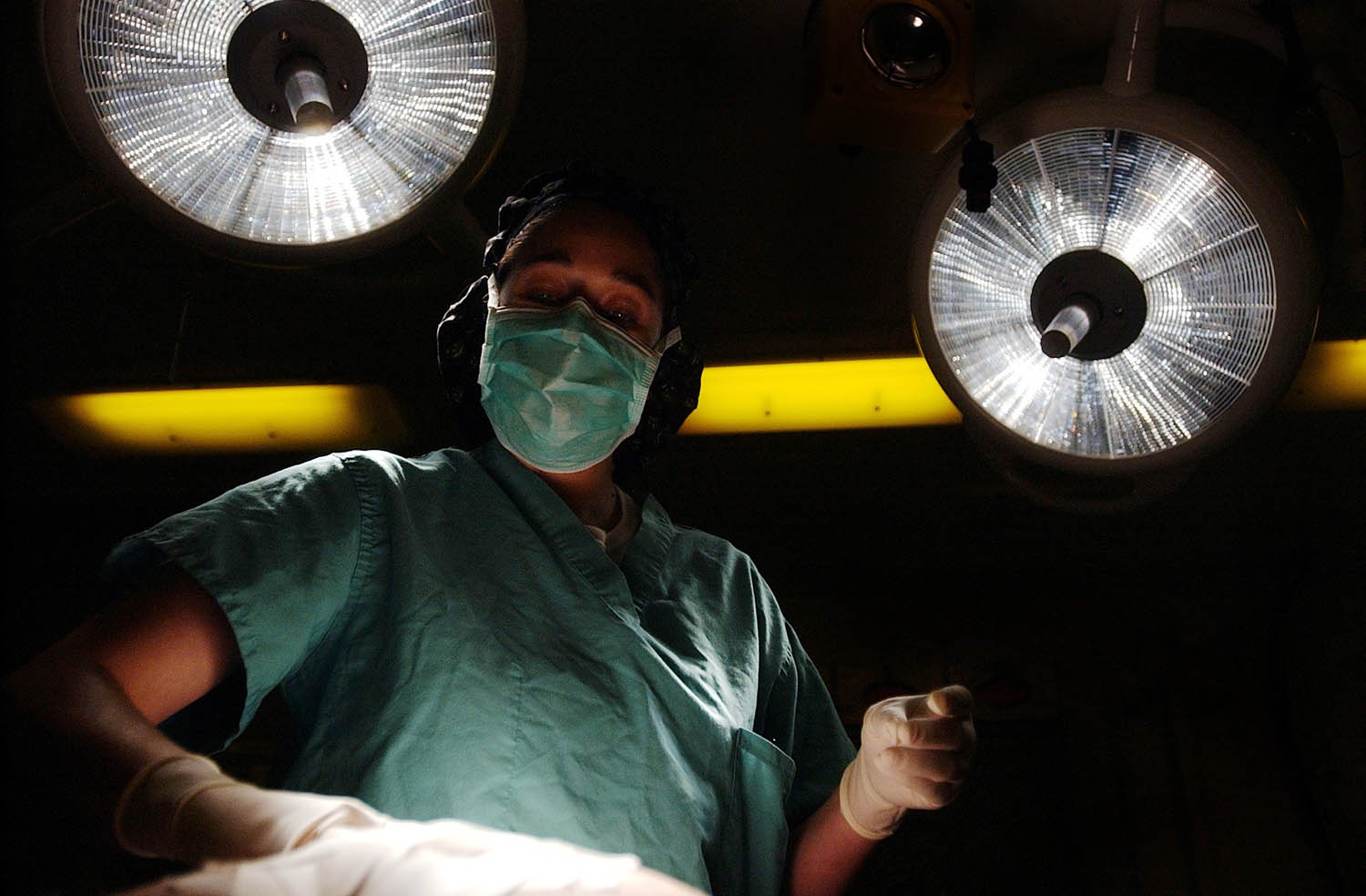The number of babies born with birth defects is alarming, with a recent survey estimating it at 7 out of 1000. Birth injuries might emanate from natural forces when the mother is in labor pains or pushing the baby out. However, in some cases, these injuries are a result of a doctor’s negligence, something that can culminate in a complicated birth process.
That said, here are the prevalent types of birth injuries.
Cerebral Palsy
Cerebral Palsy (CP) is a motor disorder that takes a toll on balance, posture, and general mobility. CP is the most common motor disability among children. Some of the risks that are associated with this birth injury include low birthweight and premature births.
Brachial Plexus
A brachial plexus birth injury, also known as Erb’s Palsy, is a complication. to the brachial plexus nerve network that controls different muscle functions in the chest, shoulder, arms, and hands. This injury occurs in 1 to 3 per 1000 live births and can happen when the brachial plexus nerves are stretched or torn during delivery.
Brachial plexus injuries can also occur when a doctor uses wrong birthing instruments during delivery. The injury severity depends on the degree to which the brachial plexus was stretched.
Brain Damage
Brain damage occurs in approximately 3 out of 1000 live births and can be caused by many factors. And here are examples of the types of brain injury at birth?
The fetus can be deprived of oxygen during delivery, resulting in asphyxiation, a condition that triggers varying degrees of brain damage.
Another birth complication that can cause brain damage is preeclampsia, which is prevalent in pregnant, high blood pressure patients. Preeclampsia can also develop into another complicated condition known as eclampsia, which culminates in maternal seizures. Other risk factors for brain damage birth injury can include
- An infection developed during pregnancy
- Physical trauma during delivery, including pressure to the skull from the mother’s pelvis
- Use of wrong birthing instruments
Cephalohematoma
Cephalohematoma (CH) happens when blood from ruptured vessels collects between the scalp and the skull of a baby. CH occurs in 1-2% of live births, either during or after birth. However, it’s not considered a dangerous condition because it doesn’t affect the brain. CH can happen if the baby’s head is larger than the mother’s pelvic area, It can also be caused by aggressive birthing tools, such as forceps or vacuum systems.
Caput Succedaneum
Caput Succedaneum is a swelling, known as edema, of a baby’s scalp following vaginal birth. This happens when pressure is applied to the baby’s head as it passes through the birth canal. Although it’s usually harmless, caput succedaneum can lead to other medical conditions, such as jaundice.
Caput succedaneum can indicate that the baby went through a complicated delivery and that the baby’s head was put under an incredible amount of pressure. This, in turn, could signal the possibility of a more severe brain injury due to asphyxiation during delivery.
Intracranial Hemorrhage
Neonatal intracranial hemorrhage (ICH) can occur when blood vessels rupture and bleed into the brain. ICH is much more common in premature babies and when birthing tools are used during delivery.
Four different types of ICH can occur in infants:
- Subgaleal hemorrhage (0.15 to 3 per 1000 live births)
- Subdural hemorrhage, the most common type of ICH (0.29 per 1000 live births),
- Subarachnoid hemorrhage (SAH) (0.13 per 1000 live births)
- Intraventricular hemorrhage (IVH)—particularly common in preterm babies (17.5% of premature babies weighing less than 1500 grams)
In all of these cases, babies delivered using birth-assisted tools have higher rates of developing ICH. This is significant because a 2009 article in Obstetrics & Gynecology found that approximately 5% of all deliveries in the United States are done by birthing instruments.
Bone Injuries
During a vaginal delivery, a baby can sustain orthopedic injuries due to the narrow nature of the birth canal. Infants can experience head injuries, including skull fractures, which can lead to traumatic brain injury, or even death. This type of injury can occur due to:
- The use of birthing instruments (the most common cause of head injuries in infants)
- The pressure inside the womb (if the baby is very big or prolonged labor)
- Medical negligence during the delivery
Another common type of orthopedic injury is a clavicle fracture. The clavicle is the collarbone that connects the chest to the shoulder. Infants can also experience a growth plate fracture during delivery and femur fractures if the leg is twisted during delivery. However, femur fractures are rare.
Facial Nerve Palsy
Facial nerve palsy can occur during birth and result in the loss of voluntary muscle movement in the face. This happens when pressure is applied to the facial nerve (the seventh cranial nerve) during labor and delivery. Causes of facial nerve birth trauma include a large baby size, prolonged labor, epidural anesthesia, or medication use to intensify labor and contractions.
Although some birth injuries emanate from natural causes, you shouldn’t suffer in silence if your baby’s pain and agony are a result of a doctor’s negligence. Get in touch with an experienced birth injury lawyer to fail a compensation claim and get indemnified.












